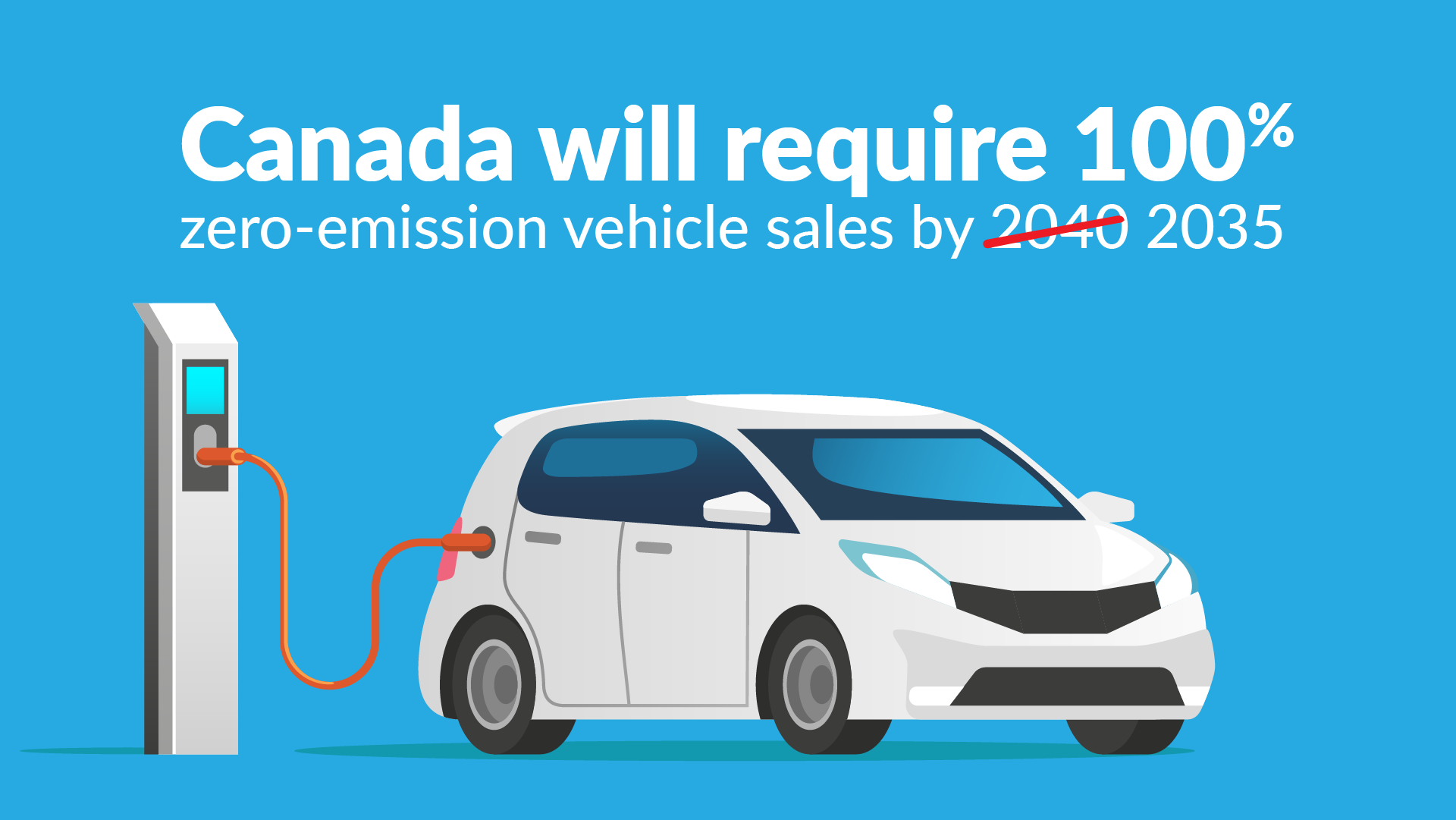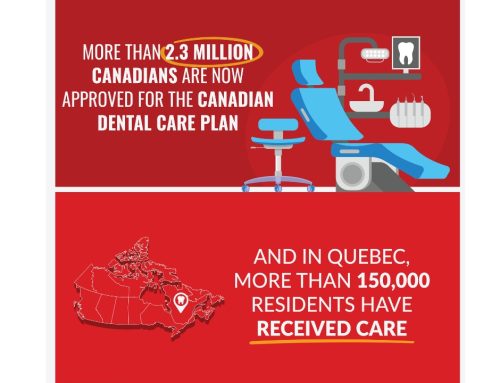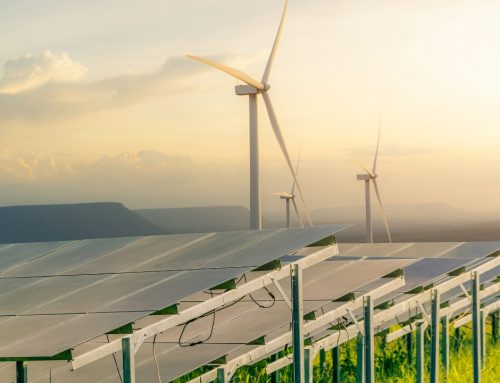Government of Canada to require 100% of car and passenger truck sales be zero-emission by 2035 in Canada
To build a cleaner, more prosperous economy that fights climate change and creates good jobs, the Government of Canada is taking action to cut pollution from all sectors of the economy – including from the transportation sector, which accounts for one-quarter of our greenhouse gas emissions.
Our government announced that it is setting a mandatory target for all new light-duty cars and passenger trucks sales to be zero-emission by 2035, accelerating Canada’s previous goal of 100 percent sales by 2040.
To ensure Canada gets to this goal, and to provide certainty about the pathway to get there, the Government of Canada will pursue a combination of investments and regulations to help Canadians and industry transition to achieve the 100 percent zero-emission vehicle sales by 2035. It will work also with partners to develop interim 2025 and 2030 targets, and additional mandatory measures that may be needed beyond Canada’s light-duty vehicle greenhouse gas emissions regulations.
This announcement is coupled with existing measures to support increased zero-emission vehicle adoption – from incentives that help with the upfront costs of zero-emission vehicles, to investments in zero-emission charging infrastructure, to partnerships with auto manufacturers which are helping them re-tool and produce zero-emission vehicles right here in Canada. Taken together, the government is setting the country on a clear path towards Canada’s new 100 percent zero-emission vehicle sales goal and a prosperous net-zero emissions economy by 2050.
The Government of Canada also remains committed to aligning with the most ambitious light-duty vehicle greenhouse gas emission regulations in the United States. Supporting a strong and unified North American automotive sector to transition towards zero-emission vehicles contributes to Canada’s climate change goals, and positions Canadian and American workers alike to benefit economically from this global shift.
Quick Facts
- Canada’s accelerated zero-emission vehicle sales target will support the new 2030 climate reduction targets, which are 40 percent to 45 percent below 2005 levels. With light-duty vehicles remaining in service for about 15 years, requiring 100 percent of vehicles to be zero-emission by 2035 will also help put Canada on a path to achieving its long-term goal of net zero emissions by 2050.
- Today’s announcement will bring the Government of Canada’s level of ambition on zero-emission vehicles in line with other leading jurisdictions, such as the United Kingdom, and California. Within Canada, British Columbia and Quebec have also set 100 percent zero-emission vehicle sales requirements.
- Following the United States announcement, the Government of Canada will complete consultations with Indigenous Peoples, other levels of government and stakeholders to confirm Canada’s approach to ensure we meet 100 percent zero-emission vehicle sales target by 2035.
- The Government of Canada will assess whether alignment with these regulations enables Canada to meet its more ambitious zero-emission vehicles sales target, or whether additional mandatory measures are required.
- Building on ongoing stakeholder engagement on zero-emission vehicles held to date, the Government will consult industry, non-governmental organizations, and other levels of governments on its approach to meet its 100 percent zero-emission vehicle sales target by 2035. These consultations will include engaging Inuit and Northern communities to address barriers to zero-emission vehicle uptake in remote regions.
- To date, the Government has invested more than $1 billion in measures to support increasing zero-emission vehicle adoption, including:
- Providing $587 million towards Transport Canada’s Incentives for Zero-Emission Vehicles program, which has helped over 92,000 Canadians and Canadian businesses make the switch to zero-emission vehicles; and
- Providing more than $460 million to support the build out of a coast-to-coast network of electric vehicle fast chargers, electric vehicle chargers where Canadians live, work and play, natural gas stations along key freight corridors, and hydrogen stations in metropolitan centres. To date these investments have supported projects that will result in more than 16,500 new electric vehicle chargers, 10 hydrogen stations, and 20 natural gas stations.
- The auto industry is investing hundreds of billions of dollars to accelerate their vehicle electrification plans, including recent commitments to re-tool several Canadian factories to build zero-emission vehicles.
- The Government of Canada has also introduced new measures to support Canada’s automotive sector transition to zero-emission vehicles, including a 50 percent corporate tax cut for businesses manufacturing zero-emission vehicles and components in Canada.
- The $8 billion Strategic Innovation Fund – Net Zero Accelerator is advancing projects that will help decarbonize heavy industry, support clean technologies and help meaningfully accelerate domestic greenhouse gas emissions reductions by 2030, including in the auto-manufacturing sector.
- The Government of Canada is making investments to support the transformation towards electrification, including $295 million to the Ford Motor Company of Canada’s $1.8 billion project to build electric vehicles at its Oakville Assembly Complex.
- As the common service provider for the Government of Canada, Public Services and Procurement Canada (PSPC) leads and enables greening government operations, and will lead the procurement of electrical fleet vehicles as well as the procurement and installation of Electric Vehicle Charging Stations infrastructure in federal buildings.
- PSPC will run a pathfinder project over the coming years to support the greater deployment of zero-emission vehicles infrastructure, with the installation of chargers in crown-owned (and lease purchase) buildings with floor areas greater than 500 m2, which is required to meet the Government’s greening government zero-emission vehicles targets. The procurement and installation of zero-emission vehicles infrastructure at crown-owned federal buildings’ parking areas will prioritize the charging of the federal fleet, and make the overflow available to visitors seeking services from provided service counters to charge their personal vehicles.
- Clean Energy Canada found that with measures in Canada’s A Healthy Environment and a Healthy Economy plan, jobs in the EV industry are expected to increase twenty-six fold by the end of this decade.
- As the sale and production of zero emission personal vehicles increases, upfront prices will fall. Bloomberg New Energy Finance and the International Council on Clean Transportation predict zero-emission vehicles will reach price-parity with their gas-powered counterparts in the 2025-2030 timeframe.







Leave A Comment